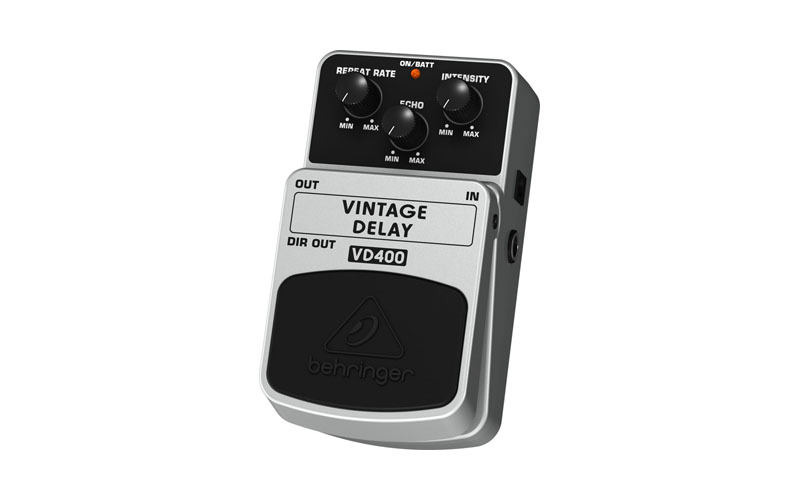

The Greenlandic researchers were able to keep working on the project even without the in-person presence of the Columbia team, says Kirsty Tinto, a Columbia geophysicist. It seeks to help several Greenlandic communities understand the effect of climate change on their local sea levels, which are, counterintuitively, likely to fall by century’s end, some by several meters, as land rebounds after it sheds ice weight and the gravitational pull of the massive ice sheet on the surrounding ocean ebbs. From the start, Greenlandic researchers worked on an NSF project led by Columbia University. researchers and agencies in Greenland, including the Greenland Institute of Natural Resources. But there are no simple solutions, and “I have a lot of confidence in the NSF program managers,” he says.įor all the misery of the pandemic, it has also spurred collaboration between U.S. “NSF is always planning on more projects than they are likely to be able to support, so even without COVID we always run into major delays.” And despite the agency’s plan to give priority to early-career projects, he says, many young researchers may be left in the cold, as projects led by senior researchers also typically support many early-career researchers. Steig says the pandemic hit an enterprise that was already stretched. Now, 2025 looks more likely, says Eric Steig, the project's principal investigator and a glaciologist at the University of Washington, Seattle. When NSF agreed to fund the project in 2020, researchers thought drilling might begin by 2023. Ice cores from the dome could capture evidence of the last time the West Antarctic Ice Sheet collapsed in a slightly warmer climate, and aid in predicting when it might happen again. One of those deferred projects is a plan to drill into Hercules Dome, an expanse of ice 400 kilometers from the South Pole. In 2019, before the pandemic, workers were able to keep Summit station shoveled out.

“Having to call somebody that’s been deferred for 2 years and telling them they’re deferred again-that’s not a good call.” But some new projects will have to be delayed again, he says.


New starts will be biased toward projects led by early-career researchers.
#Silent sifter minimum delay full
“To get back to full strength,” Short says, “we need that lodging building.”įor now, research in Antarctica will prioritize ongoing projects that feature either heavy international participation-such as the International Thwaites Glacier Collaboration-or critical annual measurements, says Michael Jackson, head of Antarctic earth sciences at NSF. No work has been done on the McMurdo renovation for the past 2 years, and space in the old dorms had to be reserved to house possible COVID-19 cases, leaving the agency down by more than 200 beds. Not so in Antarctica, where “we’re saturated for a while in key logistics areas,” says Stephanie Short, NSF’s head of Antarctic logistics. “We have a constant battle maintaining buildings above grade,” Mercer says.Īfter the dig-out, research in Greenland will be about back to normal. Given that nearly 1 meter of snow falls each year on the camp, this summer will require a lot of literal digging out. Although NSF kept its high-altitude Summit Station running year-round, only minimal maintenance occurred, says Jennifer Mercer, NSF’s Arctic section head. In Greenland, the government’s entry restrictions kept most researchers away in the summer of 2021. In some places the effects of that shutdown will linger for the rest of the decade, the National Science Foundation (NSF) announced this week, delaying projects and limiting access to one of the rarest resources in geoscience: time on the ice. But then the pandemic struck, shutting down most of two summer field seasons at McMurdo and other polar research sites, mainly in Antarctica and Greenland. Long-planned renovations had begun, including the replacement of decrepit dorms by glossy new lodges capable of housing more than 200 people. research base in Antarctica, thought the future was bright. In March 2020, staff at McMurdo Station, the main U.S.


 0 kommentar(er)
0 kommentar(er)
